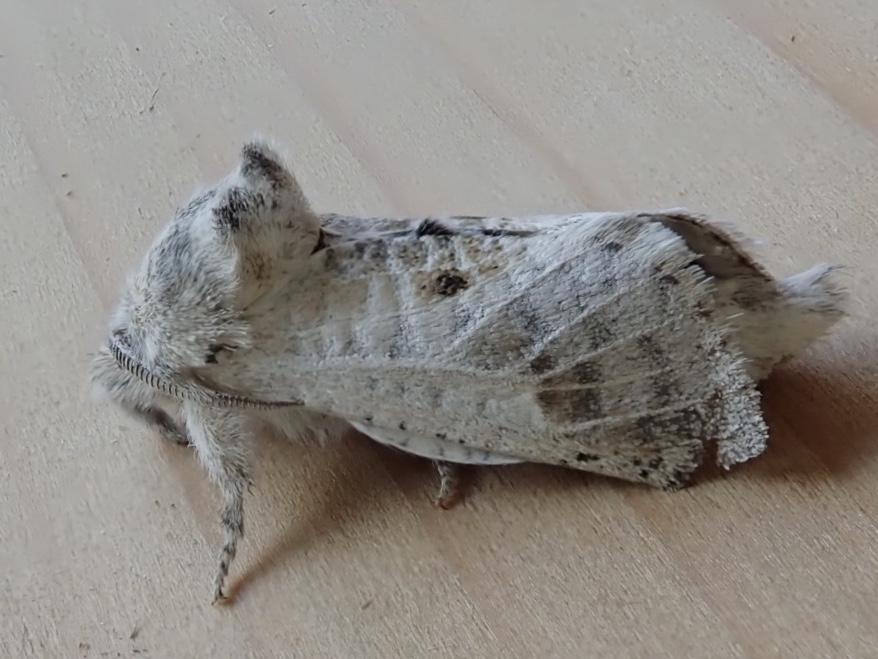
For a variety of reasons, most of which have, in some manner, to do with ‘clearing the decks for action’ as I focus more of my post-retirement energy on this project and this site, I have spent the last 8 days editing and organizing the 50,000 or so photographs I’ve taken over the last few years. I am nowhere close to done (and it has given rise to a rare-for-me New Year’s resolution to process my dang photos before going out and taking more!), but I’m a little burned out on the process and thought I’d profile a few of the organisms I have unearthed from my files.
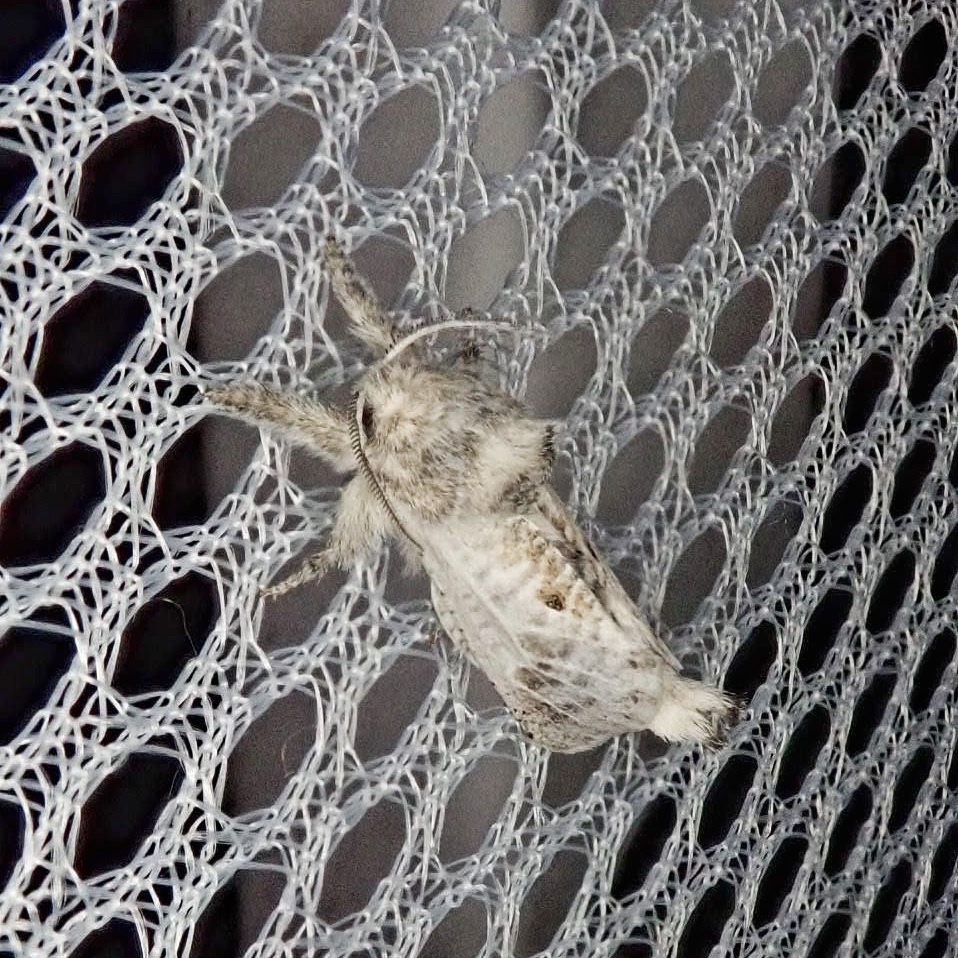
This Givira cornelia (family Cossidae) was found in July of 2019 at Frenchman Coulee, across the Columbia River from Vantage, Washington, on my first extended ‘moths first’ expedition, which culminated in meeting and mothing with my first moth mentor, Carl Barrentine. It was an important moth for me because it showed me that there were huge contributions that could still be made to the knowledge of the moths of our region. I was fortunate to be hanging out with Carl when I first attempted to identify it, because he recognized it as possibly being in Cossidae, although he didn’t recognize the species, while I had no idea of even where to start looking. But paging through the pictures at the Moth Photographers Group (MPG) we failed to find any good matches, and it was the same at BugGuide. It did seem somewhat similar to some Givira spp. and Carl suggested we look at that genus on BOLDsystems. But none of them were listed as being found anywhere in the PNW.
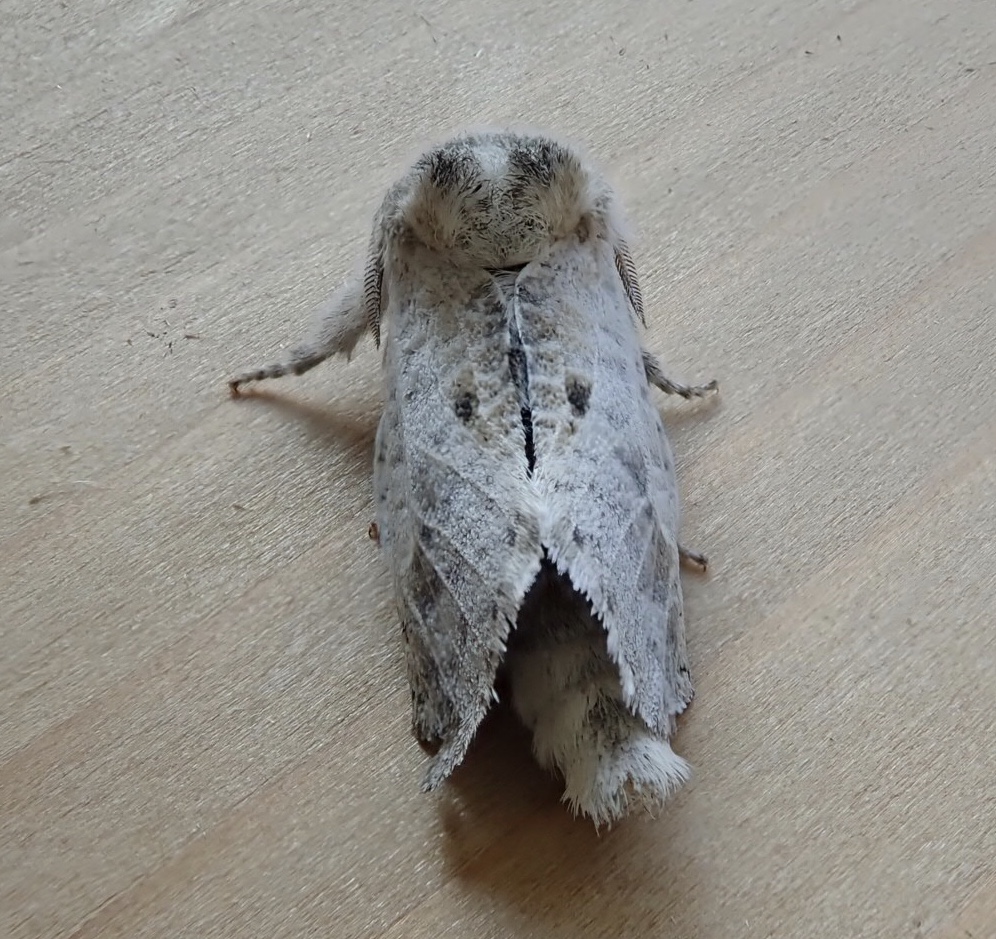
When I got back from that trip I really dug into trying to figure out this moth, and eventually I ran into an obscure paper that listed Givira cornelia, which had seemed to be the best match in the photos on BOLD, as being found at Hanford National Monument, as well as reporting that my future moth mentor Lars Crabo had found them near Wannapum Dam, which forms the reservoir alongside which I found my specimen. So I sent some photos to BugGuide and MPG, where they confirmed the identification. And, even now, 2 1/2 years later, my specimen is still the only one in the PNW on MPG, and the only one period on BugGuide. Now, I really doubt that they are that rare, and may even be found to be fairly common if one was to moth extensively over a wide range of the shrub steppe. But it’s still a rare data point on what was a mostly blank slate, and that’s pretty darn cool.
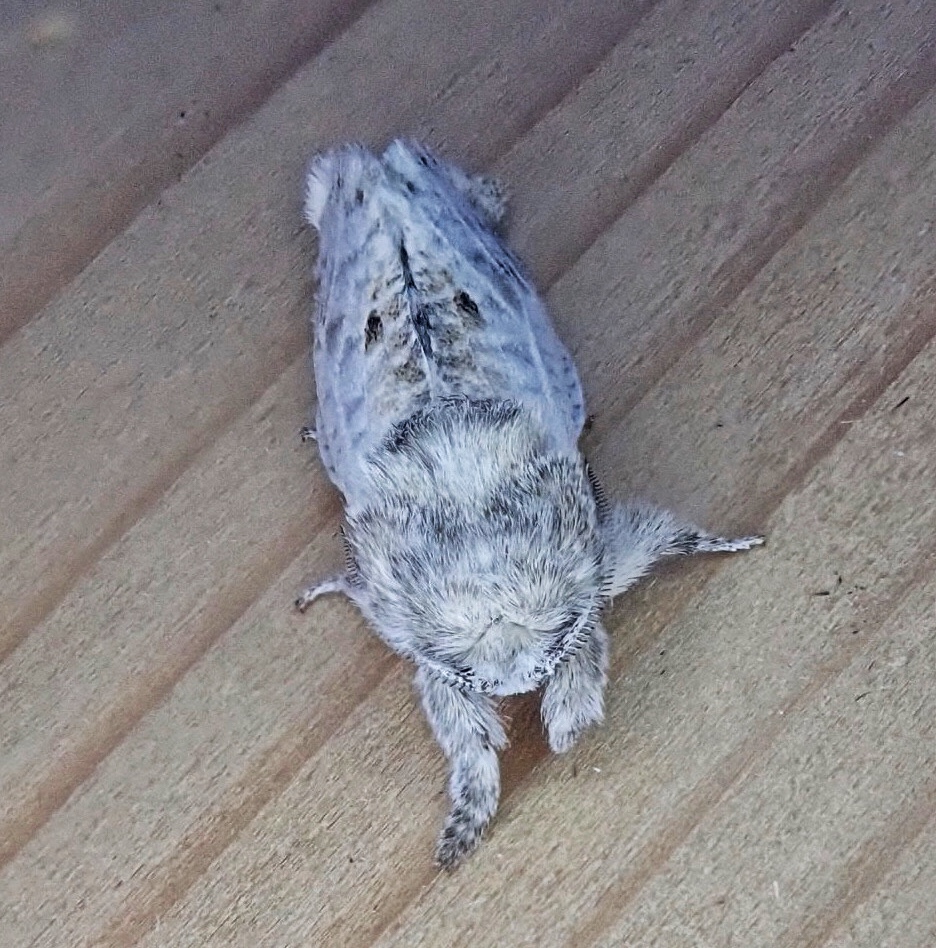
Description-Medium sized (12-13mm) light grey to almost white moth with a dark splotch toward the rear of the wing, a dark spot near the inner edge in the middle of the forewing, and two tufts of dark tipped hairs near the rear of the thorax; often rests with abdomen tip elevated.
Similar species–Givira lucretia and G. theodori have much darker markings on rear of forewing; G. delindae and G. carla are whiter and have very little splotching on rear of forewing; other Givira much darker overall.
Habitat-Open, arid, shrub steppe and dune areas.
Range-Western North America; probably only found in the Great Basin and Columbia River Basin in our region.
Eats-Adults do not feed, having only a vestigial proboscis; larval hosts are unknown, but are possibly dune, or at least sand, specific plants.
Eaten by-probably insectivores of all classes.
Adults active-March through August
Life cycle-Larvae in the family Cossidae bore into living tissue of the trunks and branches of trees and shrubs (which is why the are called carpenterworms), but nothing specific is known about the larvae of Givira cornelia.
Etymology of names-No explanation is given by Francis Walker for the generic name Givira, and I can find nothing similar in my books on Latin and Greek roots. The specific epithet cornelia would appear (from a remark in the original description by Harrison Dyar), to be the name of a woman ‘whose memory is dear to’ Prof. Edward T. Owen, who seems to have been the Head of the Romance Languages Department at the University of Wisconsin, as well as author of the book ‘Interrogative thought and the means of its expression’ (1905).
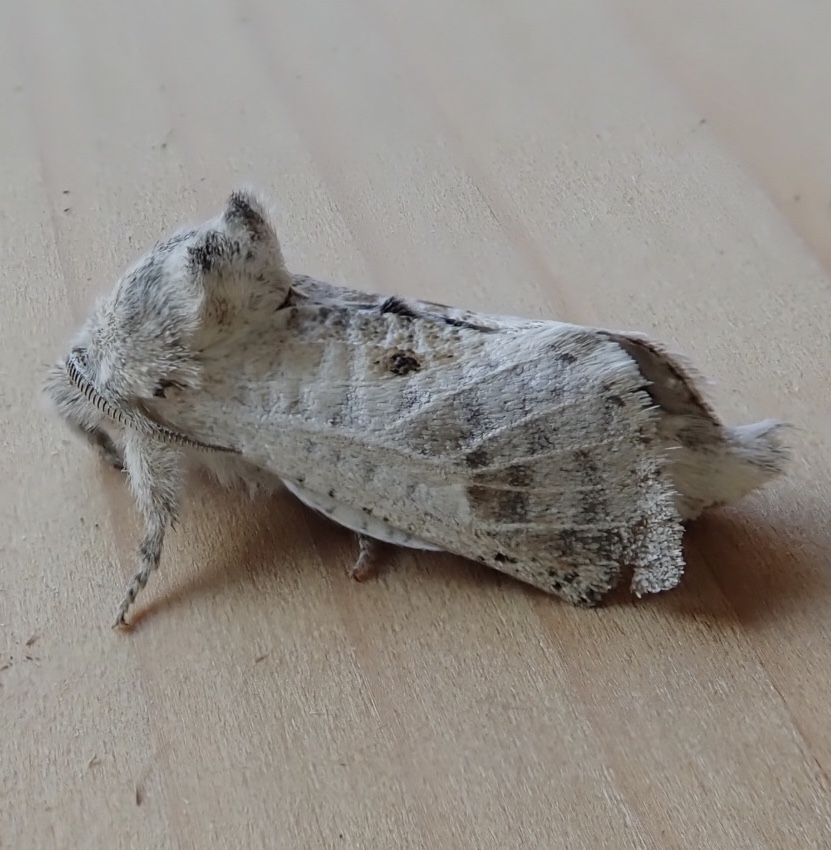
https://bugguide.net/node/view/863154
http://mothphotographersgroup.msstate.edu/species.php?hodges=2665
v.1-2 (1893-1894) – Journal of the New York Entomological Society – Biodiversity Heritage Library
thank you so much for this blog and putting it on FB. I have a friend who sends me moths from Illinois, and now North Carolina. He too has id’d a couple of new moths for his area. The pictures you have are really nice, do wish there was a dorsal and ventral view, but they come with mounting the moths. happy hunting!
Thank you for your appreciation, Norma! Much of the time the ‘chilled’ (via refrigeration) specimens would probably be amenable to a ventral photo. I’ll try to remember to do that next spring when I start mothing regularly again. I’ve profiled about 50 moths so far on this site, but eventually I should end up doing about a thousand.